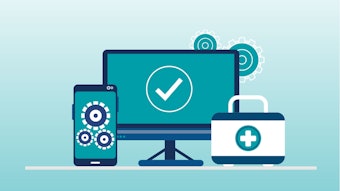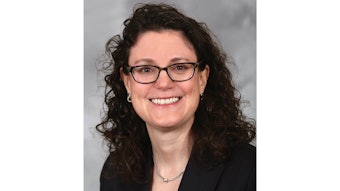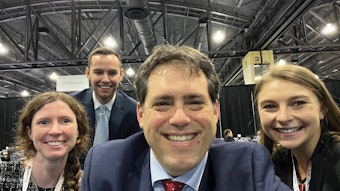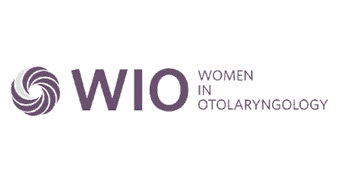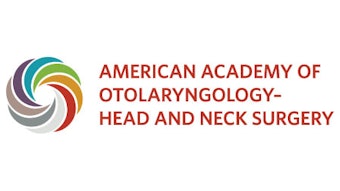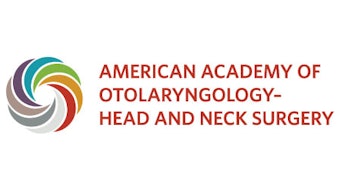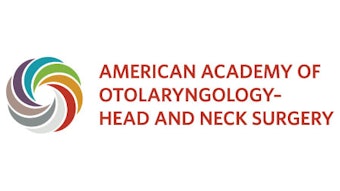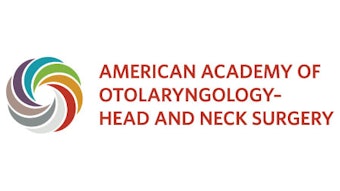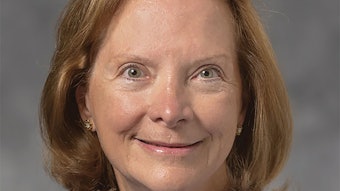OTC Hearing Aids, a Step Forward, but Let the Buyer Beware!
We can help shape the next phase of the revolution in treatment of hearing loss that the OTC era will trigger through advocacy and service.
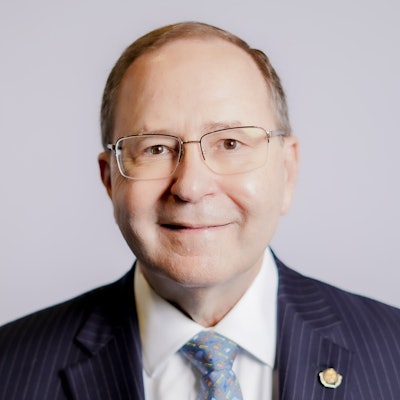 James C. Denneny III, MD
James C. Denneny III, MD
AAO-HNS/F EVP/CEO
In the early 1900s, the hearing aid market was controlled by the big five manufacturers and most hearing aids were dispensed without medical involvement. In 1943 the American Medical Association (AMA) and the American Academy of Ophthalmology and Otolaryngology created the Committee on the Conservation of Hearing, which paved the way for the establishment of standards for hearing acuity. It also addressed the technical specifications of hearing aids and established AMA standards.
Technological advances following World War II resulted in more reliable and powerful hearing aids, but the industry implemented unjustifiable price increases. These led to government intervention from the Federal Trade Commission, which attempted to regulate prices in collaboration with the AMA and Better Business Bureau. Despite these attempts, there continued to be ill-fitted hearing aids, high pricing, and consumer mistrust. One of the most important actions that still influences decisions in the hearing aid industry was when Congress introduced Medicare in 1965 and considered hearing aids as consumer goods, not medical devices. This categorization prevented hearing aids from inclusion in the Medicare beneficiary benefits.
Since then, there have been multiple Congressional hearings debating this topic without the consensus needed for definitive action. Research has unquestionably linked hearing loss to progression of neurologic disease and others. Following a multipronged advocacy effort to increase affordable access, which included the 2015 President’s Council of Advisors on Science and Technology (PCAST), Congress passed legislation in 2017 directing the FDA to create a regulatory pathway for OTC hearing aids for adults with mild-to-moderate hearing loss. Prior to this, the FDA had dropped the requirement for either a medical examination or a signed waiver prior to purchasing a hearing aid. The initial Build Back Better legislation considered in Congress last year had included Medicare benefits for hearing aids; however, the final enacted legislation, the Inflation Reduction Act, did not include this provision.
Over the past 100 years, discussions have centered on excessive cost, broad access, and individualized fit. There is no disagreement that the best hearing result comes from that personalized individual fitting, but many question whether it is required for all patients. That is the premise behind the OTC hearing aid legislation and regulations.
It is important to remember that, while regulated by the FDA as medical devices, OTC hearing aids are still considered consumer products, and therefore are not eligible for mandatory coverage by insurers. Although the regulations contain safety requirements, such as output limitations and device design, they do not ensure consumer protection through a reasonable return policy. Currently, patients with more severe hearing loss are not eligible for OTC hearing aids and their needs will continue to be met by existing sources.
As of October 17, access-and-cost advocates will have succeeded at the expense of quality and best care. OTC products will be sold in multiple ways, including through physicians and audiology practices. Hearing professionals should continue to advocate for best care through individual assessment of each patient’s needs. The opportunity for patient education and individual care will be available on the service side and should be welcomed by professionals. We can help shape the next phase of the revolution in treatment of hearing loss that the OTC era will trigger through advocacy and service.
There remain several obstacles to overcome, not the least of which is the century-long industry product markup that would make jewelers blush. This is compounded by the accelerating trend of device and pharma costs that continue to eat a greater piece of the healthcare budget. We must also overcome the current transition that is moving patient care away from highest quality care first to “what can we get by with” scope-of-practice changes, which are pervasive in medicine and accelerated by the Public Health Emergency. Only then can the entire spectrum of hearing loss patients be effectively and affordably treated without breaking the bank.
Reference
Virdi, J. (2022, August 25). The FDA’s new hearing aid won’t solve the bigger problems in the market. The Washington Post. Accessed September 18, 2022. https://www.washingtonpost.com/made-by-history/2022/08/25/fdas-new-hearing-aid-wont-solve-bigger-problems-market/

